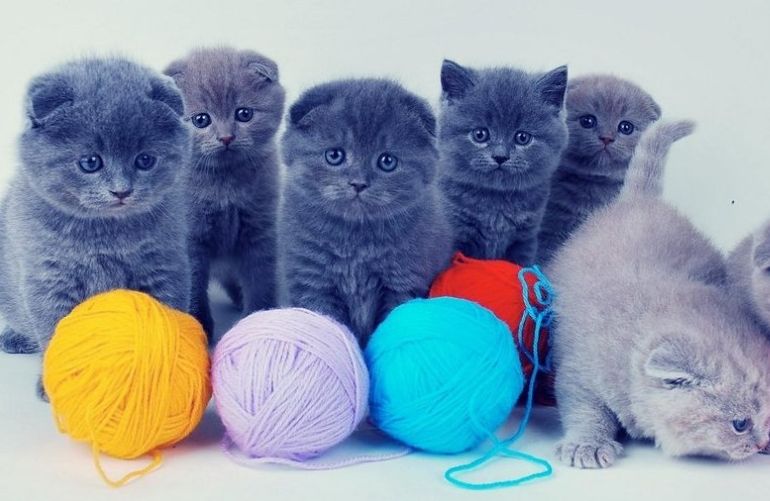-
melissa posted an update 8 years, 9 months ago
Almost many years following the introduction of fleece fabric to everything about sportswear and casual wear its arch nemesis, wool, has resurfaced for the exact purpose of taking back its crown. Sports equipment stores have been instrumental in bringing back wool like a viable substitute for the popular synthetic fleece fabric.

Rebirth of WoolWool has enjoyed a rebirth with companies promoting a whole new blend called merino wool which is claimed to become finer plus much more lightweight as compared to traditional wool. It offers even been as compared to cotton in feel. Several of the companies profiting from this wool revolution are Icebreaker Ltd. a patio apparel manufacturer from New Zealand and SmartWool a company from Colorado masters in outdoor apparel base layers. They’re saying that client demand from customers has gotten these phones improve their inventory and purchases figures have demostrated reasonable increase.
Patagonia, another outdoor apparel company, seems to have improved its inclusion of wool in the creation of their base layers; about 57% with the lower layer is made of merino wool with all the 43% comprised of a variety of fleece fabric and recycled materials. Chris Hawson, an individual at Paragon Sports that deals in specialty sports products, stated that “Demand has risen dramatically.” The business has adjusted its inventory to accommodate wool items that now comprise 50% in their base-layer business.
Wool and Casual Wear
One of the primary draws of merino wool for consumers is the fact most items is usually coupled with casualwear items including jeans and skirts without looking “off”, sloppy or too sports-like. Merino wool base layers also pulled ahead of the synthetic fleece fabric regarding odor control. Based on satisfied merino wool user, Jake Jefferson: “I wear synthetics i may start smelling it after five days.” He compared it to his usage of merino wool layers for double that time and claims that although he smelled unpleasant his merino wool shirt wasn’t as bad.
Wool and also the Environment
Supporters of merino wool have likewise mentioned the ever-present environmental issue. Arguments have been you want to regarding wool’s being more environmentally sensitive compared to the synthetic fleece fabric. The CEO and founding father of Icebreaker, Jeremy Moon, claims which the chemical finishes employed in manufacturing synthetic fleece wears off after repeated washings which lessens its functionality. The relevance with the usage of recyclable materials in the creation of fleece fabric can be questioned due to energy consumed in converting these products to use.
But does Fleece fabric STILL win over Merino wool?
However, fleece fabric still has a big business in the manufacture of outdoor apparel. Fans with the synthetic material prefer it since it is low maintenance and much less scratchy. It offers also were able to evolve having its customers with all the introductions of innovations much like the inclusion of spandex in most styles of fleece pullovers for a more comfortable fit. Many manufacturers are using recyclable materials in the advance of their fabric too.
The primary selling points of merino wool are its departure through the “uncomfortable” feel related to wool products and its supposed positive environmental impact. Manufacturers of wool products have been aggressive into their marketing strategies this also has ended in a rise demand from interested consumers. With that in mind, merino wool products also cost 30%-50% more than synthetic polyester products. This may attract customers that are drawn to price, quality and prestige but sometimes dissuade the standard consumer who would rather keep costs down.
Check out about tienda de lana en honduras view this useful resource